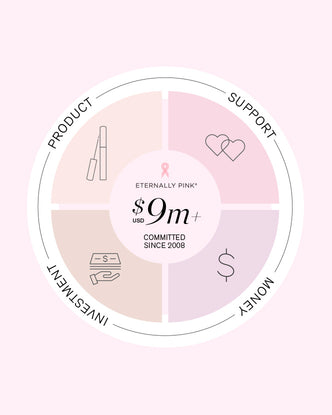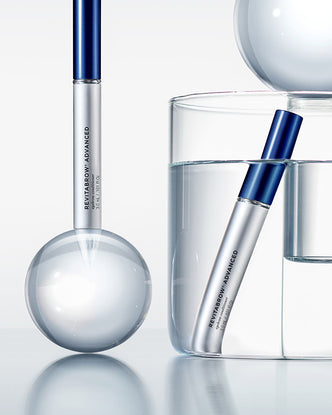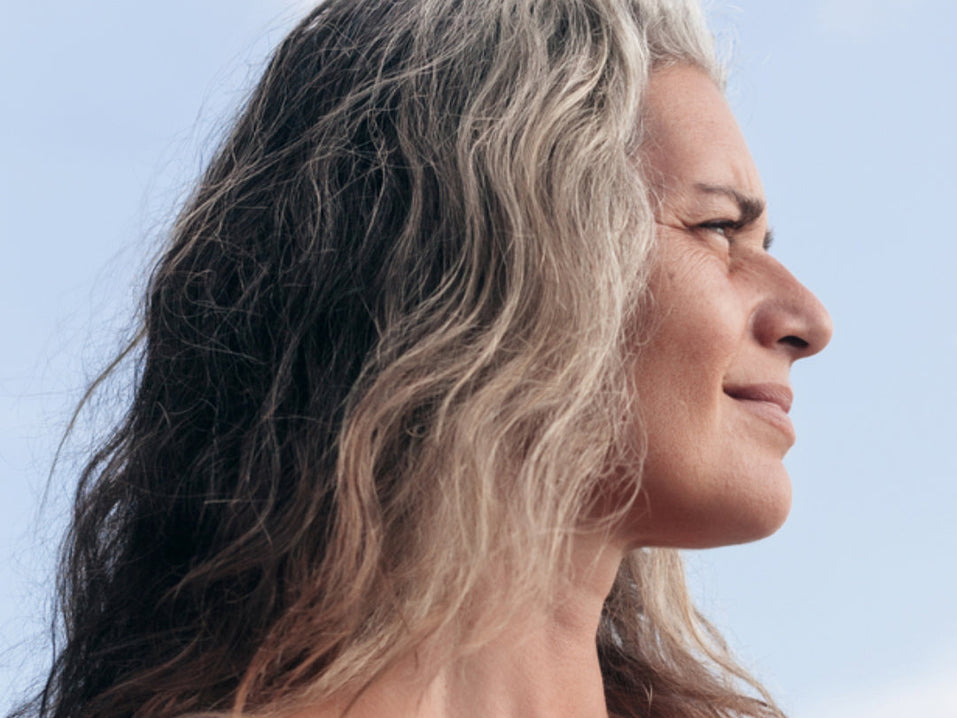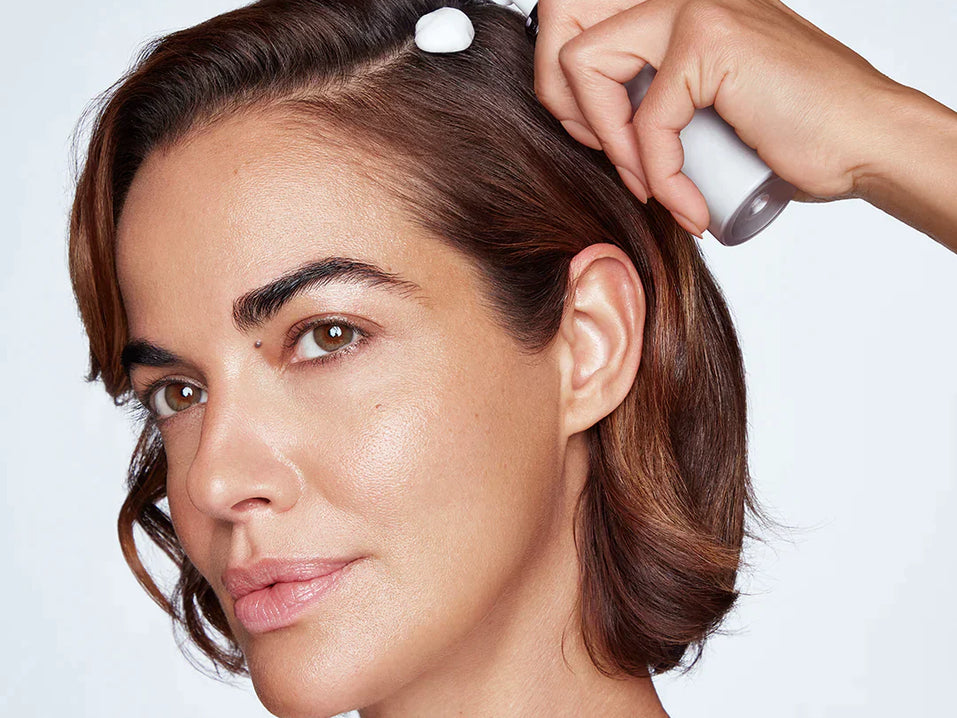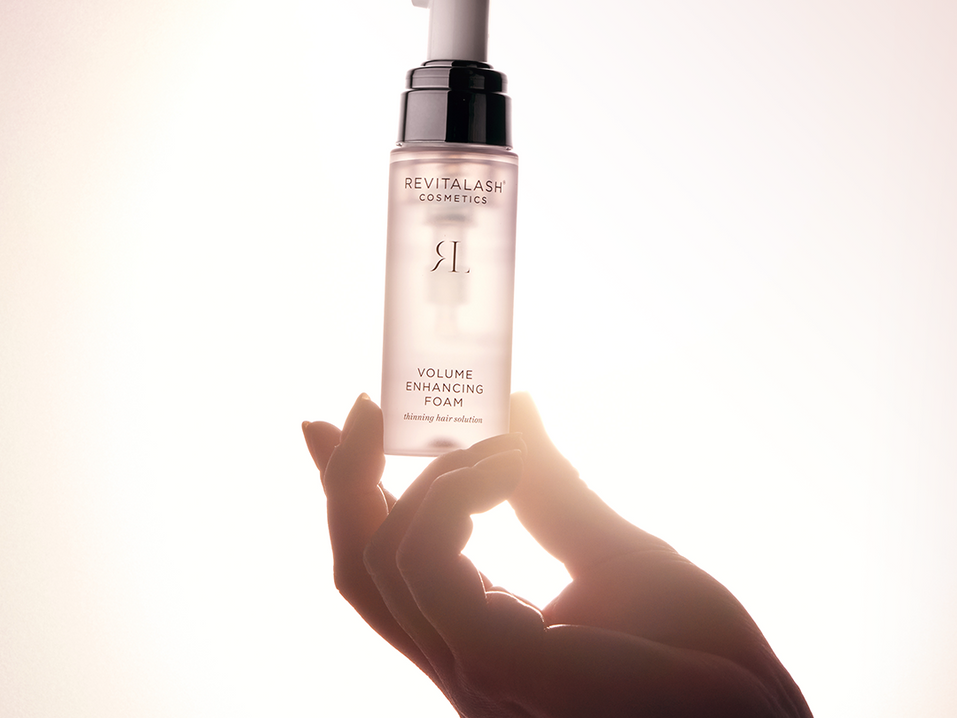If you’ve ever stepped out of the salon feeling like the “after” shot in a makeover montage, then you know how a new hairstyle or color can boost your confidence. But salon services can also leave your hair dry, damaged, or compromised—especially if you neglect to follow your stylist’s aftercare instructions.
Here are a few of the ways services like hair color, extensions, and chemical treatments can damage your hair…and what you can do about it.

Damage Cause #1: Hair Extensions
Extensions allow you to get fuller, longer locks in a matter of hours, and the lush results can last for weeks or months. But extensions can also cause breakage to your natural hair, excessive shedding, and, in some cases, even permanent hair loss.
All types of extensions cause stress to the hair and scalp, though some methods are more damaging than others. Tape-in extensions can be particularly hard on your hair thanks to the heat and chemical adhesive required to install them. With sew-in extensions or weaves, your natural hair must be tightly braided, which creates tension on your scalp. Micro bead or hand-tied extensions are often considered less damaging, but the weight of the extensions can pull on your natural hair, stressing your strands and causing discomfort.
When it’s time to remove your extensions, your hair will look and feel thinner. Hair shedding is common when removing extensions, no matter which type you choose. Our hair naturally sheds between 50 and 100 strands per day, but these hairs are held in place while you’re wearing extensions. With removal, all of these hairs are shed at once. If you’ve worn your extensions for two months, that’s approximately 6,000 strands that will shed at one time.
To help minimize hair damage from extensions, follow these tips:
- Keep your natural hair and scalp healthy. Healthy hair is stronger hair. To care for yours, use a shampoo and conditioner that are free of sulfate detergents and contain therapeutic ingredients to nourish your hair and scalp—like our Thickening Shampoo and Thickening Conditioner.
- Don’t skip regular maintenance. See your hair professional for follow-up care appointments to make needed adjustments to your extensions. Always have your extensions removed by a professional to minimize damage.
- Let your hair recover. Wear extensions for two to three months at most, then switch to a different hairstyle without extensions to give hair a break. If you’re craving a more voluminous look, try our physician-developed Volume Enhancing Foam to volumize and strengthen your natural hair.

Damage Cause #2: Hair Color
Coloring your hair—particularly going lighter or bleaching your hair—can weaken it, leaving it dry, brittle, and prone to breakage. Permanent hair dyes and bleach work by lifting your hair’s cuticle (the overlapping, shingle-like outer protective layer) so they can penetrate the strand. This process compromises your hair, making it more likely to break and less able to withstand heat styling.
In severe cases of breakage, you may experience thinning hair as strands snap off near the roots. And if you have an allergic reaction to hair dye, you could experience scalp irritation and swelling, burning, or itching after your color service.
To help minimize damage from hair color, try these tips:
- Change your color gradually. Going from very dark to drastically lighter causes the most damage to your hair. If you want to go blonde, work up to the color change by going a little bit lighter in multiple visits spaced out over a few weeks.
- Choose a shampoo free of sulfate detergents. Not only can sulfate detergents fade your color faster, they can strip your hair of much needed moisture. Our Thickening Shampoo is sulfate detergent-free and contains biotin to support hair volume and strength, plus panthenol to hydrate and improve shine.
- Nourish color-treated hair with plenty of moisture. Use a hair mask to infuse deep hydration at least once a week. On wash days, choose a conditioner designed to optimize hair health. Our Thickening Conditioner contains flax protein to nourish hair and protect against breakage.
- Avoid heat styling and sun exposure. If you must heat style your hair, use a thermal protectant spray to minimize damage. When outdoors, cover your hair with a hat or scarf.

Damage Cause #3: Chemical Treatments
Keratin treatments, perms, and straightening treatments can damage hair due to the chemical processes involved. Keratin treatments, which are intended to smooth and straighten the hair, often contain formaldehyde or formaldehyde-releasing ingredients, which can weaken the hair shaft over time, leading to dryness, brittleness, and breakage.
Perms use chemicals to break and restructure the hair bonds, which can cause dryness, frizz, and loss of elasticity if done improperly or excessively. Straightening treatments involve the use of strong chemicals like sodium hydroxide to alter the hair's structure, resulting in permanent or semi-permanent straightening.
These chemicals can strip the hair of its natural moisture and proteins, leading to dryness, breakage, and scalp irritation. Overall, these treatments can compromise the hair's health and integrity if not performed correctly or if proper aftercare measures are not followed.
To minimize damage from chemical treatments like keratin, perms, or straightening, follow these tips:
Choose a professional and experienced stylist. Opt for a stylist who specializes in the specific treatment you desire and who has experience with your hair type. They will be knowledgeable about the correct application techniques and processing times.
Prioritize proper aftercare. Follow your stylist’s instructions for caring for your hair post-treatment. This may include using specific hair products that are formulated to be gentle and safe for chemically treated hair, avoiding excessive heat styling, and regularly moisturizing and nourishing your hair with deep conditioning treatments.
Be mindful of treatment frequency and overlapping. Avoid over-processing your hair by spacing out treatments appropriately. For perms or straightening, it's crucial not to overlap previously treated hair, as this can lead to excessive damage and weaken the hair strands. Consult with your stylist to determine the appropriate timeline for repeating the treatments based on your hair's condition.
